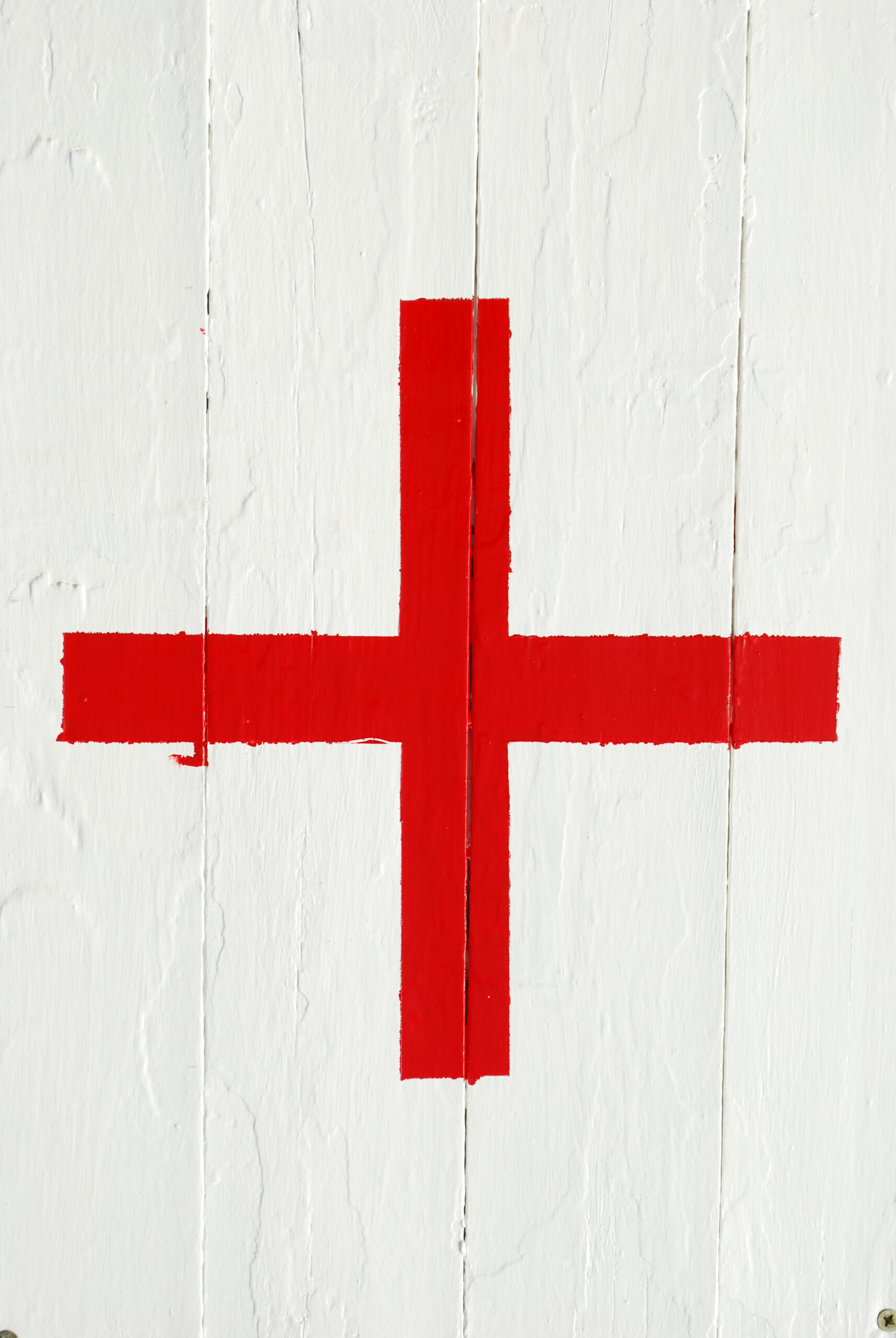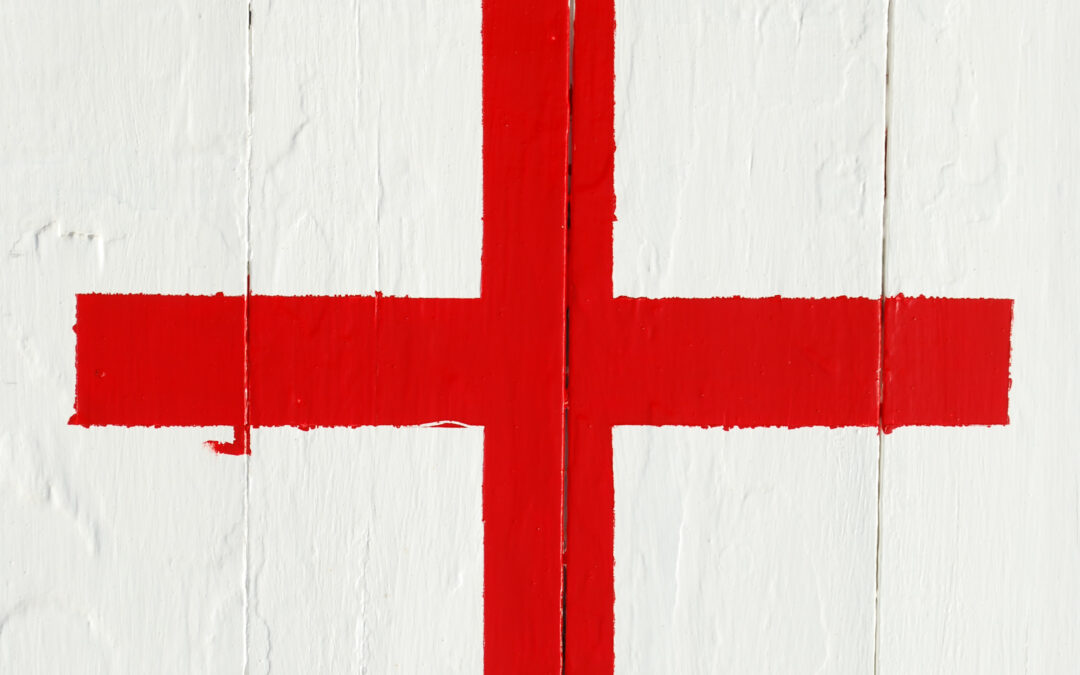In a world where natural disasters, power outages, and unforeseen emergencies can strike at any moment, being prepared is not just wise—it’s essential. Emergency preparedness equips individuals and families to handle crises effectively, ensuring safety and survival when it matters most. So, why should you invest time into assembling an emergency kit? Because it’s about peace of mind; knowing that you have the essentials on hand can make all the difference in a stressful situation.
Understanding the basics of an emergency kit is crucial. It’s more than just tossing some supplies into a bag; it requires careful consideration of your family’s specific needs and potential risks in your area. Let’s dive into the top ten items every emergency kit should include.
*Essential Item #1: Water and Water Purification**
Water is life, especially during emergencies when access may be compromised. Aim for at least one gallon per person per day for three days. Additionally, consider including water purification tablets or filters to ensure safe drinking water if necessary.
*Essential Item #2: Non-Perishable Food Supplies**
Stock up on a variety of non-perishable food items such as canned goods, energy bars, dehydrated meals, or MREs (Meals Ready-to-Eat). These foods require no cooking and are lightweight—perfect for easy transport.
*Essential Item #3: First Aid Kit Essentials**
A well-stocked first aid kit can be invaluable in times of crisis. Include bandages, antiseptics, pain relievers, allergy medications, and any personal prescriptions. Familiarize yourself with basic first aid procedures to maximize your readiness.
*Essential Item #4: Flashlights and Batteries**
When power goes out or visibility wanes due to smoke or debris, a reliable flashlight becomes your best friend. Opt for LED flashlights paired with extra batteries—or consider solar-powered options that never run out!
Thank you for reading this post, don't forget to subscribe NOW for FREE!
*Essential Item #5: Multi-Tool or Swiss Army Knife**
Versatile tools can help you tackle various tasks—from opening cans to making minor repairs around your shelter—without needing multiple gadgets cluttering your kit.
*Essential Item #6: Emergency Blanket and Warmth Supplies**
Hypothermia is a serious concern in many disasters. Emergency blankets are compact yet effective at retaining body heat. Coupling these with warm clothing layers ensures you’re ready against the elements.
*Essential Item #7: Communication Devices and Power Banks**
Staying informed during an emergency is vital. A battery-powered NOAA weather radio provides updates on severe weather alerts while portable chargers keep your cell phone operational when conventional power sources fail.
*Essential Item #8: Personal Hygiene Products**
Don’t overlook hygiene! Items like wet wipes, hand sanitizer, toothbrushes, toothpaste, feminine products, and trash bags will help maintain cleanliness—even in dire situations.
*Essential Item #9: Important Documents and Cash**
Keep copies of vital documents (IDs, insurance policies) sealed within waterproof bags alongside some cash; ATMs may not be functioning post-disaster.
*Essential Item #10: Specialized Items for Your Family’s Needs**
Consider unique family requirements—be it baby formula for infants or pet supplies for furry friends—and customize accordingly.
Once you’ve gathered these essentials, don’t forget to regularly review your emergency kit’s contents! Replace expired foods or medications annually to keep everything fresh and functional.
In conclusion, taking action today by assembling an emergency kit prepares you not just physically but mentally as well—for whatever challenges lie ahead. Embrace this proactive approach toward safety; after all, a little preparedness goes a long way toward securing a safer tomorrow!







